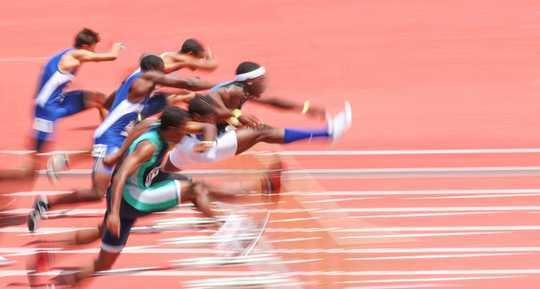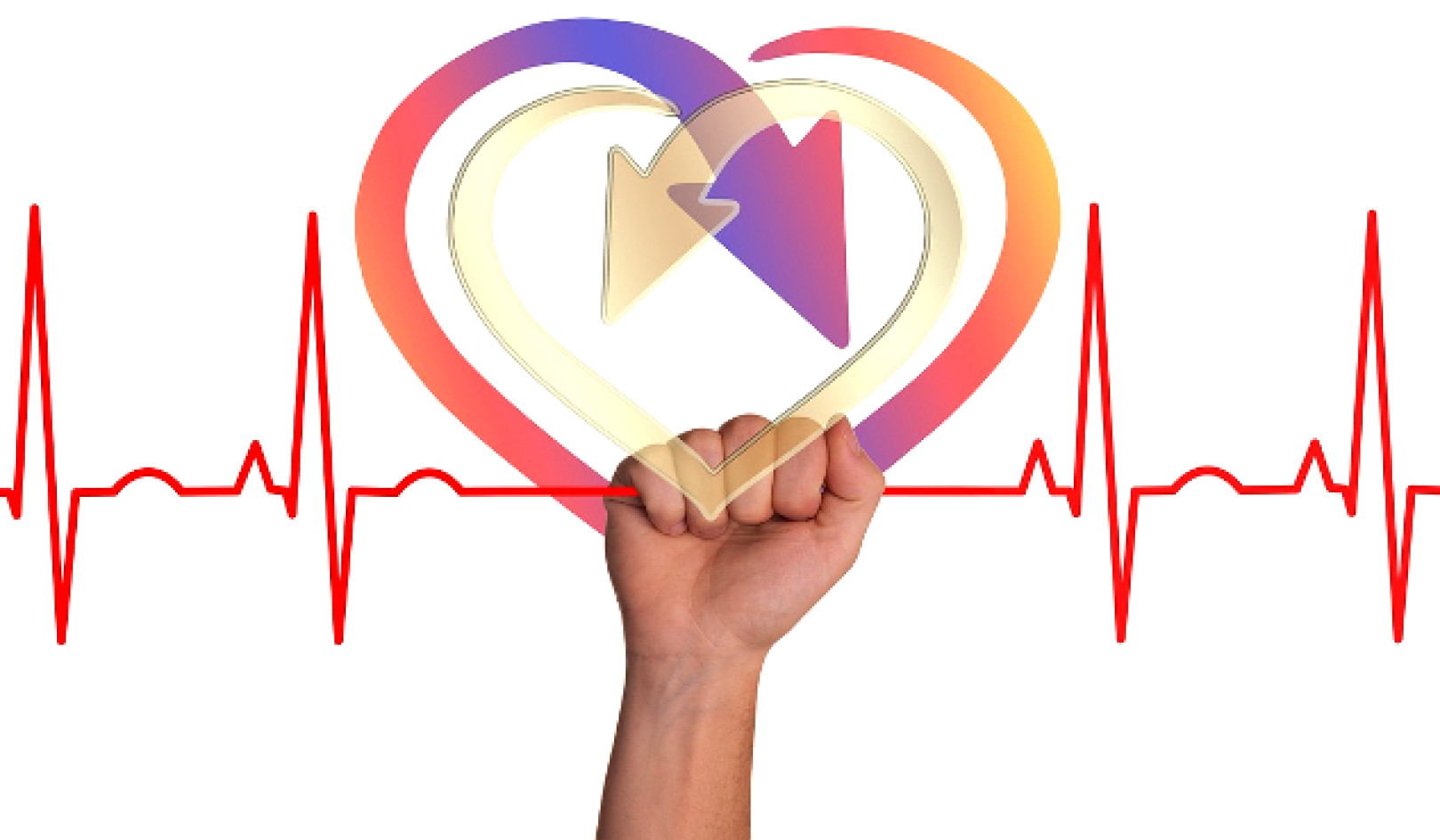
shutterstock.
Professional sport is full of stories of elite athletes “choking” emotionally and mentally under the pressure of competition. One famous example is golfer Greg Norman, who was leading the 1994 US Masters by six strokes at the beginning of the final round, but then lost by five strokes to Nick Faldo. And England football teams are well known for their struggles in penalty shoot outs.
But the occasion I remember most vividly was watching the late, great Jana Novotna facing Steffi Graf in the 1993 Wimbledon final. Having dominated the match, and leading the final set 4-1, Novotna served a double fault. After this simple error, Novotna’s match fell apart, and she ended up quickly losing the set 6-4. It was as if someone had flipped a switch, turning her from elite professional into nervous club player.
Many of us who have played a sport can sympathise with the phenomenon of choking. And as a sports psychologist, I am interested in what happens mentally during those crucial moments before catastrophic drops in performance. Understanding the processes and factors involved could allow us to develop ways to help athletes avoid choking, or regain control after it takes hold.
Researchers have shown how performance anxiety can be split into a mental (“cognitive”) component, represented by worry (“I am worried that I may not perform as well as I can”) and self-focused attention (“I am conscious of every movement I make”), and a physiological anxiety represented by arousal (fast heart rate) and tension (feeling on edge).
The ability to respond positively to anxiety reflects the level of control the athlete feels they have over a given situation, and their own response (“I believe I have the resources to meet this challenge”). This perception of control is important, because it reflects whether athletes see the situation as a threat or a challenge, which ultimately might change the way they perform.
{vembed Y=st0H_Ey4oL0}
Many anxiety interventions focus on ways in which we can control our physiology to ensure that athletes keep a “cool head”. The simplest of all relaxation strategies is slow diaphragmatic breathing, similar to that used in meditation and yoga. We now know that breathing in this way can have a number of benefits.
The most obvious benefit is the immediate effect upon our physiology. If you feel yourself becoming stressed, you will notice how your heart rate increases and your breathing becomes more shallow and sporadic. Concentrating on your breathing and aiming to slow it down will reduce your heart rate and make you feel more calm and in control.
This type of breathing allows us to “hijack” the body’s natural blood pressure regulation system and to increase our heart rate variability (HRV). HRV is the varying interval in our heart rate, where an increase is reflective of a greater capacity to deal with stress.
This is because our heart is required to adapt appropriately and quickly to environmental demands (from a state of rest to a “fight” response, say), in order to drive other physiological systems such as the delivery of oxygen to the muscles. If your heart can go from slow to fast and back again quickly, you are more adaptable to the demands you may face, moment by moment.
Breathe to win
In our work with elite athletes, we use a technique called HRV biofeedback. For this, we ask athletes to pace their breathing at around six breaths per minute, while providing visual feedback of the effect this has on the heart.
This breathing rate automatically results in a synchronisation between breathing and heart rate, such that our heart rate increases on inhaling, and decreases on exhaling. This coherence, technically known as “respiratory sinus arrhythmia”, naturally increases heart rate variability, while decreasing blood pressure and lowering our average heart rate.
Our aim in using HRV biofeedback is to teach athletes to control their breathing without a visual guide. Then, when they feel under pressure, they have a go-to intervention which helps them return to their ideal performance state. It also allows them to focus on what is important in the environment and in their mind – positive, logical, helpful and controllable thinking.
Our athletes have found this technique helpful, both preparing for, and during competition, and we are beginning to use it in very specific contexts such as the “taper” period in elite swimming. The taper period is the final training phase (two to three weeks) before an important competition such as the Olympics, where athletes reduce the volume of training they are doing. This a period of emotional turmoil for swimmers – and we are looking at how we can address this with HRV biofeedback.
But the benefits of HRV biofeedback are not reserved for elite athletes. Modern life is stressful for everyone, with many sources of hassle at work and home. Evidence indicates that adopting a regular, long-term schedule of breathing practice at around six breaths per minute for 10 minutes every day could help improve the body’s ability to manage stress.
Simple breathing pacer apps on smartphones, or cheap heart rate monitors, can be used to practice becoming more aware of your breathing, and controlling your heart rate. In times of pressure and amid the stresses of modern life, anyone can breathe to win.![]()
About The Author
David Shearer, Professor of Elite Performance Psychology, University of South Wales
This article is republished from The Conversation under a Creative Commons license. Read the original article.
Related Books:
The Body Keeps the Score: Brain Mind and Body in the Healing of Trauma
by Bessel van der Kolk
This book explores the connections between trauma and physical and mental health, offering insights and strategies for healing and recovery.
Click for more info or to order
Breath: The New Science of a Lost Art
by James Nestor
This book explores the science and practice of breathing, offering insights and techniques for improving physical and mental health.
Click for more info or to order
The Plant Paradox: The Hidden Dangers in "Healthy" Foods That Cause Disease and Weight Gain
by Steven R. Gundry
This book explores the links between diet, health, and disease, offering insights and strategies for improving overall health and wellness.
Click for more info or to order
The Immunity Code: The New Paradigm for Real Health and Radical Anti-Aging
by Joel Greene
This book offers a new perspective on health and immunity, drawing on principles of epigenetics and offering insights and strategies for optimizing health and aging.
Click for more info or to order
The Complete Guide to Fasting: Heal Your Body Through Intermittent, Alternate-Day, and Extended Fasting
by Dr. Jason Fung and Jimmy Moore
This book explores the science and practice of fasting offering insights and strategies for improving overall health and wellness.























